
AeroGenie — Your Intelligent Copilot.
Trending
Categories
PW1100G Engine: Timeline and Evaluation

PW1100G Engine: Timeline and Evaluation
The Pratt & Whitney PW1100G engine represents a significant technological advancement as well as a complex case study in industrial strategy. Central to the Airbus A320neo program, the engine marked Pratt & Whitney’s strategic return to the single-aisle aircraft market. However, its development and operational history have been overshadowed by persistent technical difficulties and reliability concerns.
Strategic Shift and Program Launch
Pratt & Whitney’s historical focus had been on widebody engines such as the JT9D and PW4000, while its involvement in narrowbody aircraft was primarily through consortiums like IAE/V2500. In the late 2000s, the company made a decisive move to independently re-enter the single-aisle segment by developing the innovative Geared Turbofan (GTF) engine architecture. Officially launched at the Farnborough Airshow in July 2008 under the PurePower® brand, the GTF introduced a reduction gearbox designed to optimize fan speed. This innovation promised significant improvements in fuel efficiency, emissions reduction, and noise levels, albeit with a modest increase in engine weight.
Certification and Entry into Service
The PW1100G-JM variant, specifically designed for the Airbus A320neo, received FAA certification in December 2014. The engine’s commercial debut followed in January 2016 with the delivery of the first A320neo powered by PW1100G engines to Lufthansa. These milestones marked a critical technical achievement for Pratt & Whitney and signaled its competitive re-entry into the narrowbody market segment.
Technical and Operational Challenges
Despite its initial promise, the PW1100G program soon encountered significant operational challenges. Early service revealed a range of issues, including manufacturing defects related to metallic powders used in high-pressure turbine disks and broader durability concerns. These problems prompted regulatory authorities such as the FAA and EASA to impose mandatory inspections, increased maintenance requirements, and temporary groundings to ensure safety and reliability.
Ongoing Impact and Market Repercussions (2025)
By 2025, the PW1100G’s reliability issues continue to affect global aviation operations. Data from Cirium Ascend indicates that approximately 350 to 400 A320neo aircraft equipped with PW1100G engines remain grounded for inspections and repairs, representing roughly 5 to 6 percent of the nearly 7,000 aircraft in service. The related PW1500G engine, which powers the Airbus A220, has experienced similar challenges, with an estimated 70 to 100 aircraft affected by groundings.
These persistent engine shortages have begun to disrupt Airbus’s delivery schedules, a situation publicly acknowledged by Airbus CEO Guillaume Faury. Airlines are increasingly requesting additional spare engines, particularly in anticipation of peak travel periods, to mitigate operational disruptions. The ongoing difficulties have also influenced market dynamics, with CFM International’s LEAP engine gaining further dominance in European commercial aviation as carriers seek alternatives amid the GTF’s durability concerns.
Broader Industry Implications
Pratt & Whitney’s challenges are not confined to the PW1100G. The company is also pursuing regulatory relief and additional time to implement fixes for the PW4000-112 engine, which powers Boeing 777 aircraft. These overlapping technical and regulatory challenges highlight the complexity of modern engine development and the high stakes involved in advancing aerospace technology.
The trajectory of the PW1100G engine underscores both the potential benefits and inherent risks of innovation in the aviation industry. While the engine has delivered measurable efficiency gains, its ongoing reliability issues continue to influence airline operations, manufacturer strategies, and the competitive landscape of commercial aviation.

Germany Signs $1.2 Billion Deal with Leading Helicopter Manufacturer
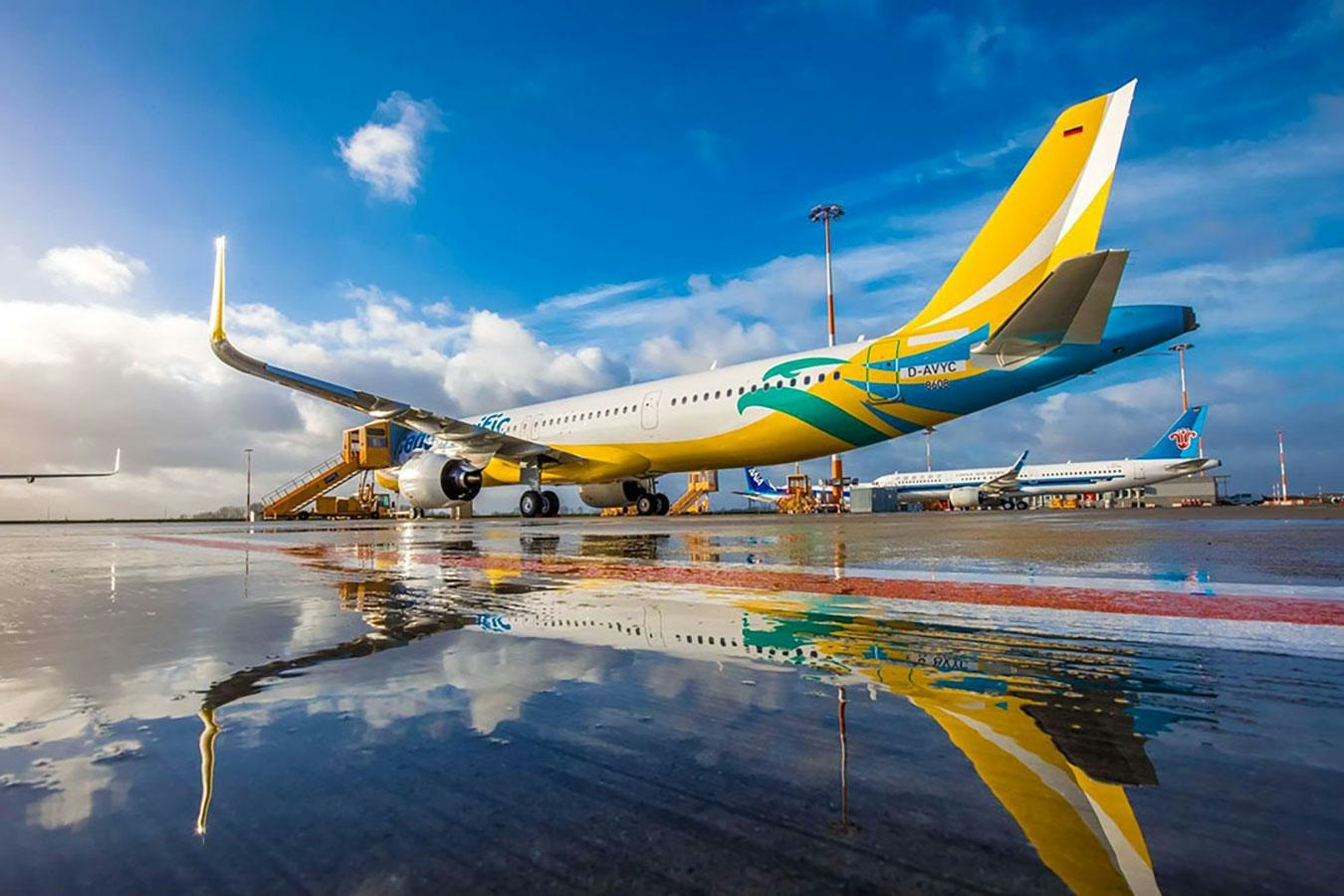
Cebu Pacific Introduces Damp-Leased Aircraft to Improve Travel Experience

JSSI Names Molly Hennessy Chief Product and Technology Officer

Japanese Air Taxi Firm SoratobuTaxi Invests in Plana US
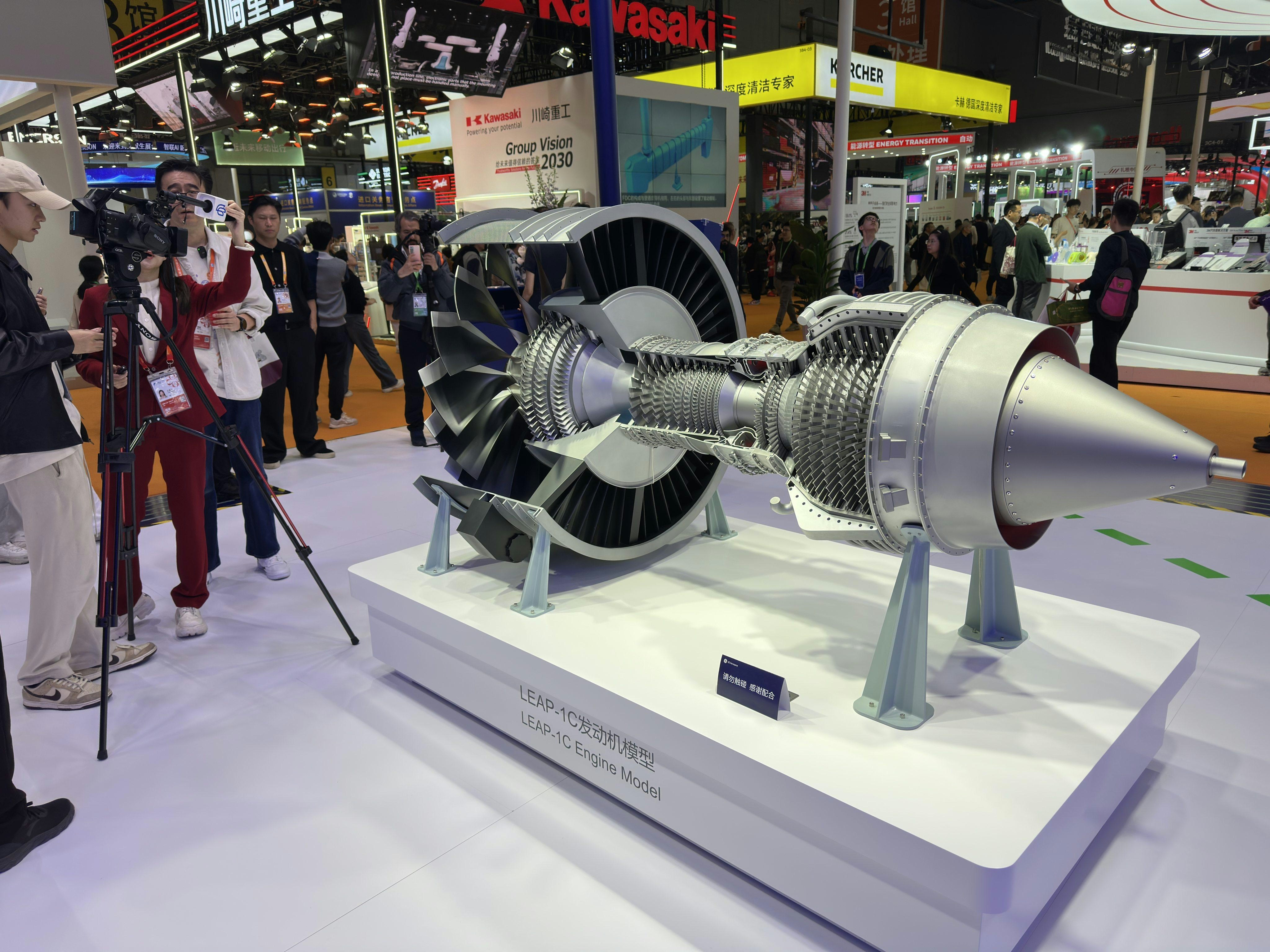
Engine Shortages Delay China’s C919 Deliveries Amid Global Aerospace Bottlenecks

The Emerging Role of Drones and AI in Combat Aviation
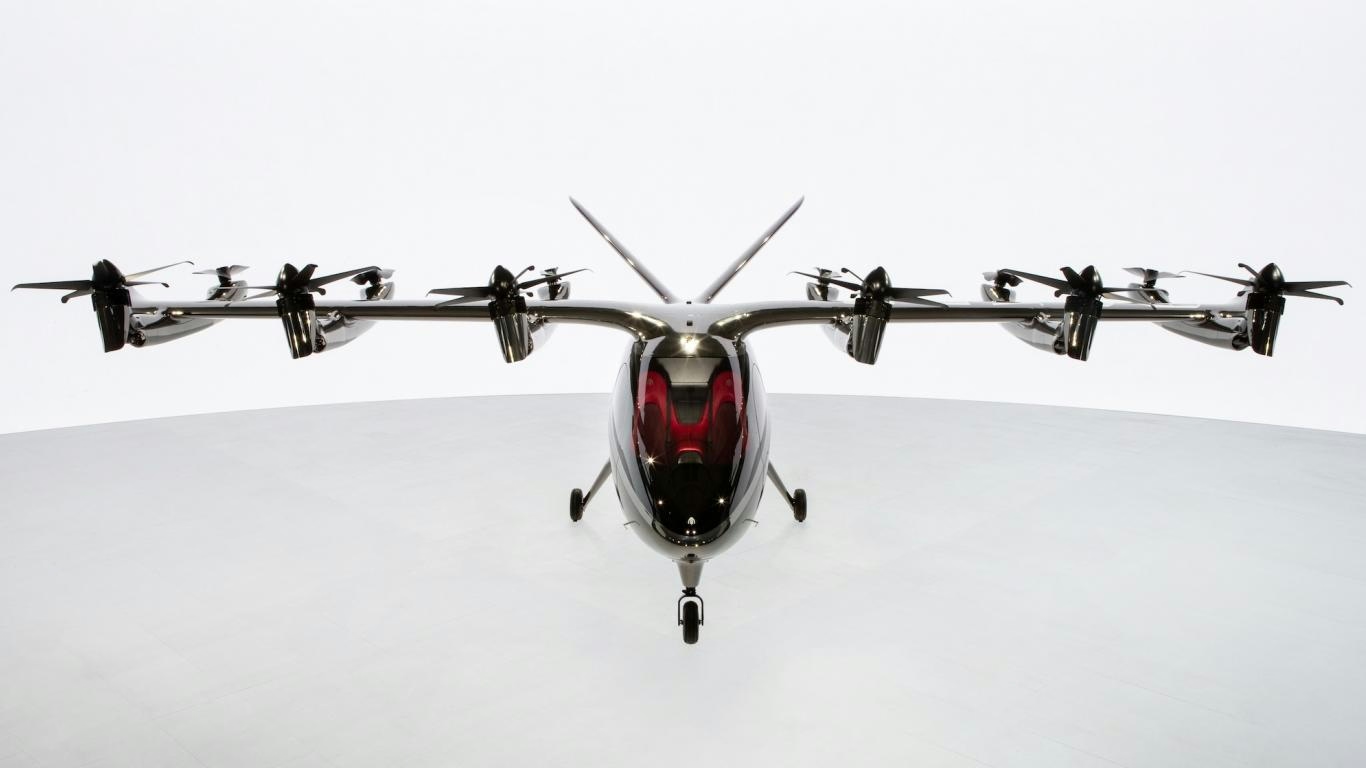
AI’s Turbulent Ascent: Why Aviation’s Tech Boom Could Ground Pilots in 2025
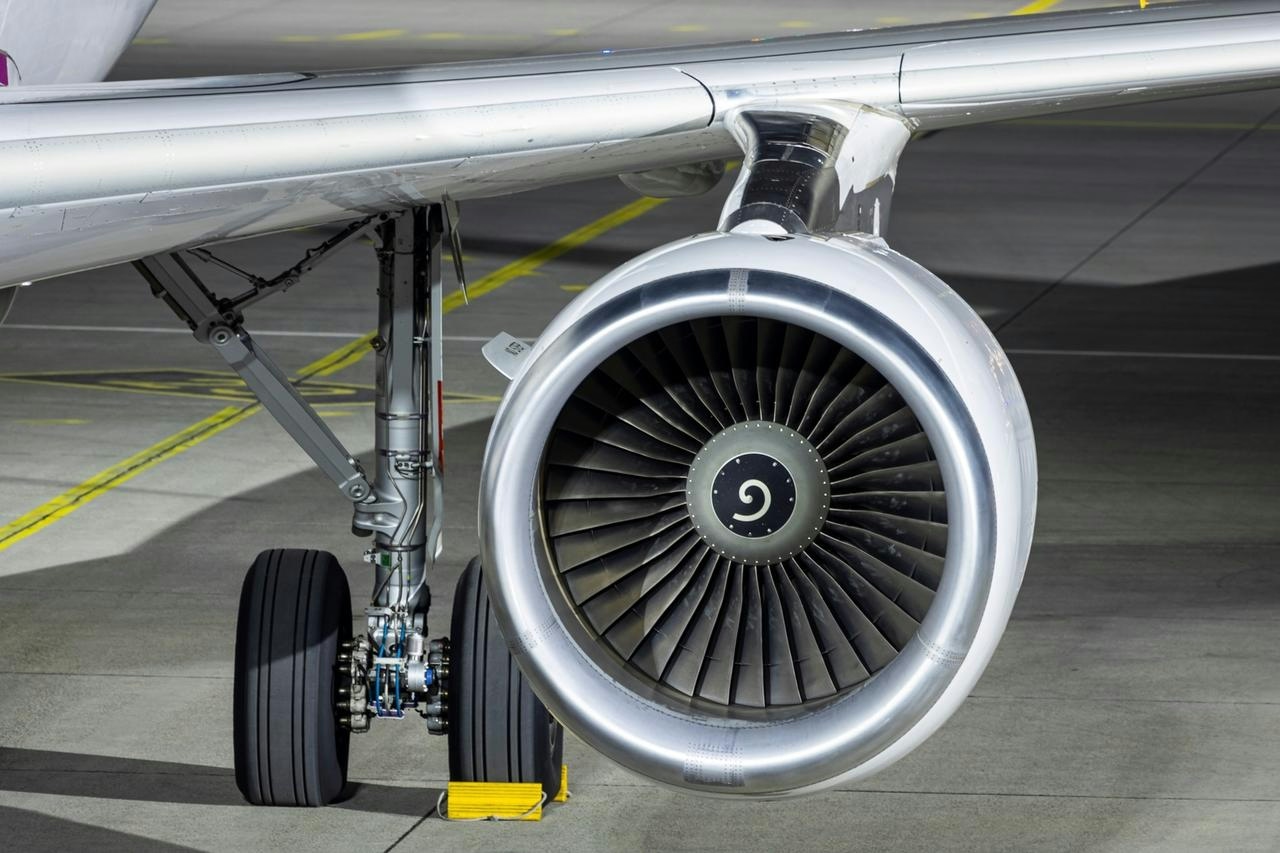
Falko Reports Strong Q3 Driven by Aircraft Sales and Lease Extensions
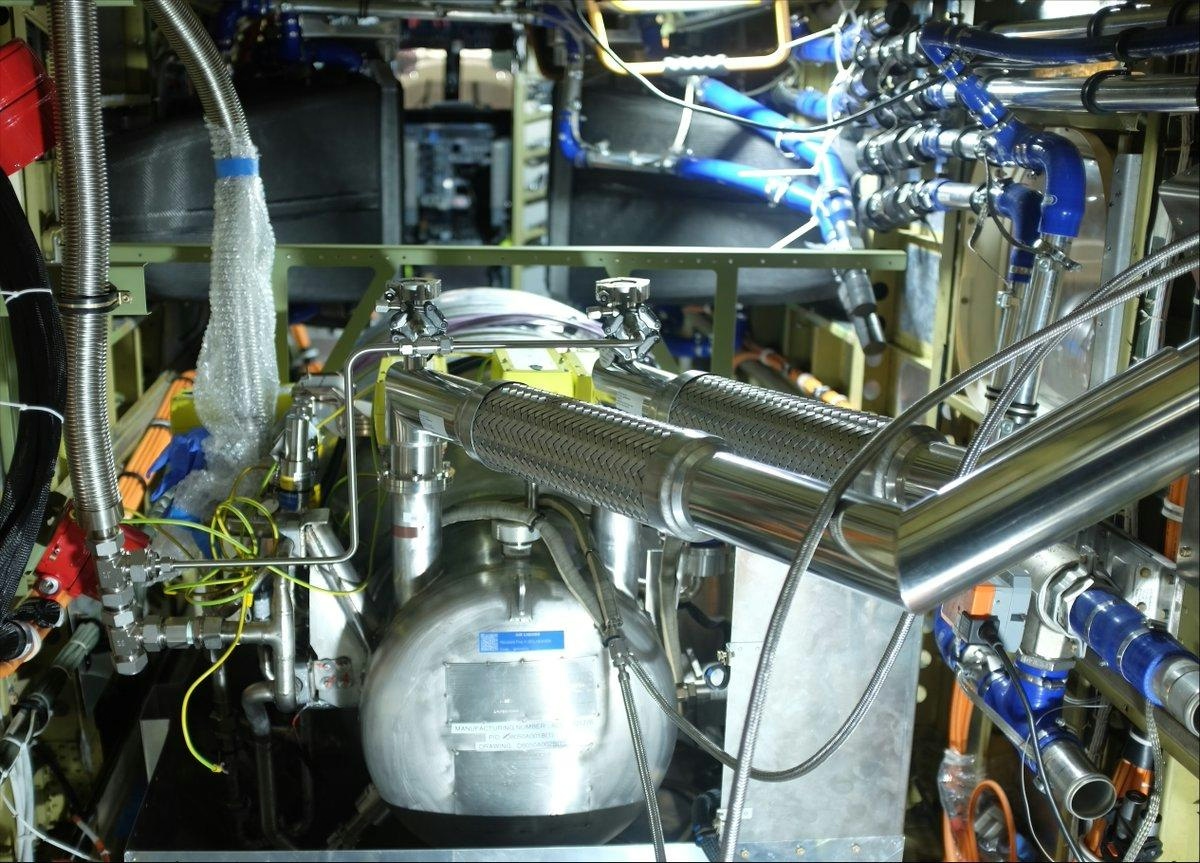
ZeroAvia Partners with HAV to Develop Hydrogen-Powered Airlander 10
